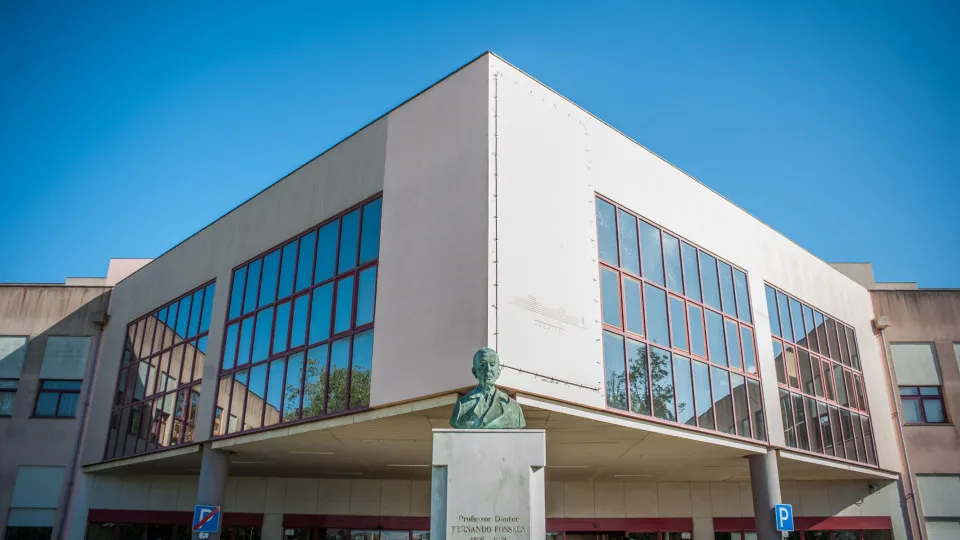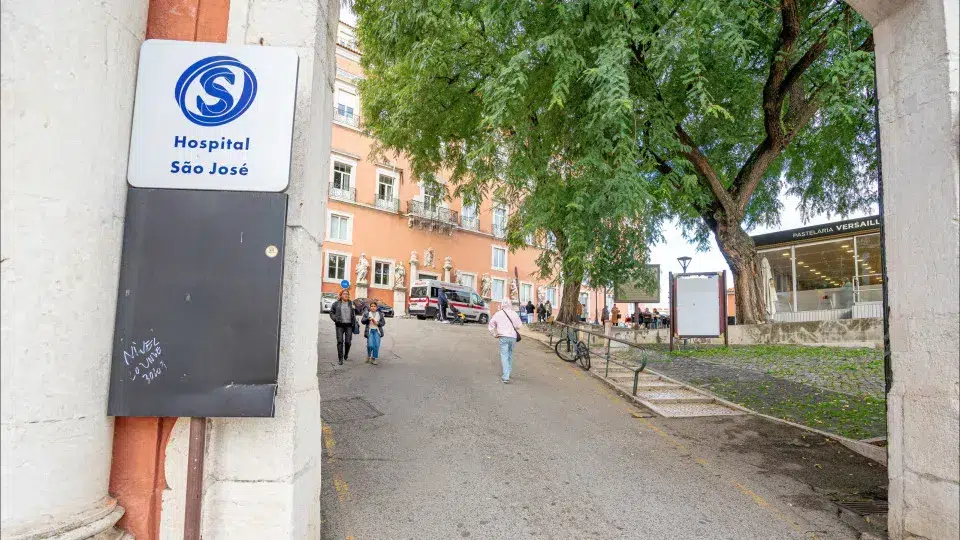The Commercial Property Price Index (IPPCom) increased 4.2% in 2022, 0.9 percentage points less than in 2021, the National Institute of Statistics (INE) disclosed today.
“In 2022, commercial property prices maintained the growth trajectory started in 2014,” INE reports.
Still, according to the statistical institute, “as has been the case since 2016, commercial property prices grew at a slower rate than the housing market (12.6% in 2022).”
“The housing market, described by the evolution of the IPHab [Housing Price Index], registered a price increase superior to that of commercial properties, similar to what has been happening in recent years,” he says, detailing that last year, “the IPHab increased 12.6%, 8.4 percentage points above the variation rate of the IPPCom.
According to INE, “the acceleration observed in residential property prices in the last year (+3.2 percentage points), associated with the reduction in the growth rate of commercial property market prices (-0.9 percentage points), resulted in a significant increase in the differential between the growth rates of the two indicators, which rose from 4.3 percentage points in 2021 to 8.4 percentage points in 2022.
In 2022, of the total 167,900 housing transactions, 22,385 corresponded to housing acquisitions by the other institutional sectors, with households acquiring 145,515 units.
These records corresponded, in the case of purchases by households, to an increase of 2.7% compared to 2021 and to a reduction of 6.5% in purchases by the other institutional sectors.
In value, sales of housing to buyers other than households totaled €4.5 billion, representing 14.2% of the total and a 12.4% increase over the previous year.
In the reference year, the value of housing sales to households stood at 27.3 billion euros, up 13.2% from 2021.
According to the INE, in 2022, with the exception of the second quarter, the year-on-year growth in the prices of houses purchased by the other institutional sectors was more intense than that found for the IPHab.
In the first and third quarters, the difference in the rates of change between the two indicators was more than 2.0 percentage points, having fallen to 0.7 percentage points in the last quarter of the year.








